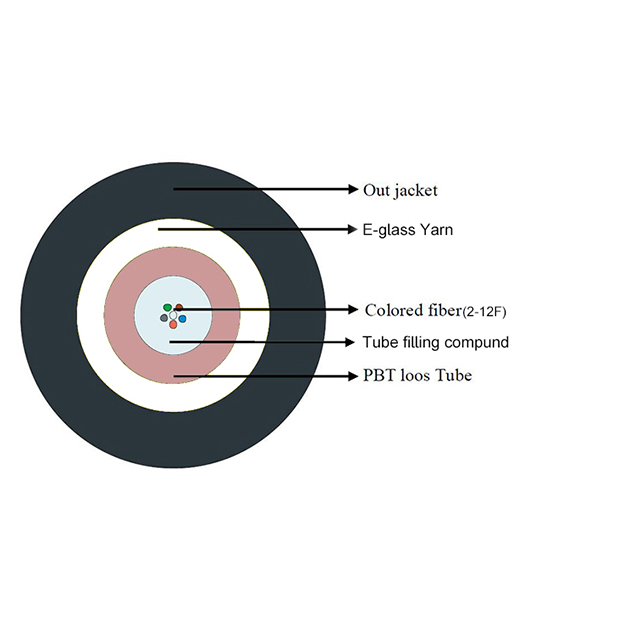Fiber Optic Cables: The Backbone of Modern Communication

In the digital age, where information has become the lifeblood of society, the efficient and rapid transmission of data is crucial. The advent of fiber optic cables has revolutionized the way information is transmitted, forming the backbone of modern communication systems. Fiber optic cables, composed of thin strands of pure glass, have emerged as the preferred medium for data transmission due to their unparalleled speed, capacity, and reliability.
The Technology Behind Fiber Optic Cables
Fiber optic cables rely on the principles of total internal reflection and guided propagation of light to transmit information. The core of the cable, made of optically pure glass or plastic, is surrounded by a cladding material with a lower refractive index. This configuration ensures that light signals, in the form of laser pulses, are bounced off the cladding and transmitted along the cable without significant loss.
Compared to traditional copper cables, fiber optic cables enable the transmission of data over longer distances without sacrificing speed or quality. The incredible bandwidth of fiber optic cables allows for the simultaneous transmission of vast amounts of information, resulting in faster and more efficient data transfer.
The Advantages of Fiber Optic Cables
Fiber optic cables offer numerous advantages over other transmission mediums, making them indispensable in various sectors. Firstly, their immunity to electromagnetic interference ensures the integrity of data transmission, even in environments with high levels of electrical noise. This reliability is particularly crucial in critical industries such as finance, healthcare, and transportation.
Moreover, the intricate architecture of fiber optic cables allows for minimal signal degradation over long distances. The light signals within the cable experience minimal attenuation, enabling data to reach its destination with minimal loss. This characteristic makes fiber optic cables the go-to choice for long-distance communication, such as undersea internet cables connecting continents.
In addition, fiber optic cables are highly secure, as they are almost impossible to tap without causing signal disruption. This inherent security feature has made fiber optics the preferred choice for transmitting sensitive information, including government and military communications.
The Impact of Fiber Optic Cables
The widespread implementation of fiber optic cables has had a transformative impact on various aspects of society. In the business world, high-speed data transmission has facilitated global communication and international trade. Companies can now transmit large volumes of data, such as video conferences and large file transfers, in real-time, regardless of geographic barriers.
In the field of healthcare, fiber optic cables have revolutionized telemedicine, allowing doctors to remotely diagnose and treat patients. This technology has brought medical expertise to remote areas and improved healthcare access for individuals who previously struggled to receive timely and quality medical care.
Furthermore, the entertainment industry has been greatly influenced by fiber optic cables. The rise of streaming services and high-definition content requires efficient data transmission, which is made possible by the high capacity and speed of fiber optics. Consumers can now enjoy seamless audio and video streaming, enhancing their entertainment experience.
The Future of Fiber Optic Cables
As society becomes increasingly reliant on data-driven technologies, the demand for faster and more reliable communication networks will continue to grow. Fiber optic cables are at the forefront of meeting this demand. Ongoing advancements in fiber optic technology, such as the development of denser cable configurations and improved optical amplification techniques, promise even greater data transmission capacities.
In conclusion, fiber optic cables have revolutionized information transmission, serving as the data superhighway of the modern era. With their incredible speed, capacity, and reliability, fiber optic cables have transformed communication across industries, enabling faster and more efficient data transfer. The future holds immense potential for further advancements in fiber optics, shaping the way we transmit and access information.


